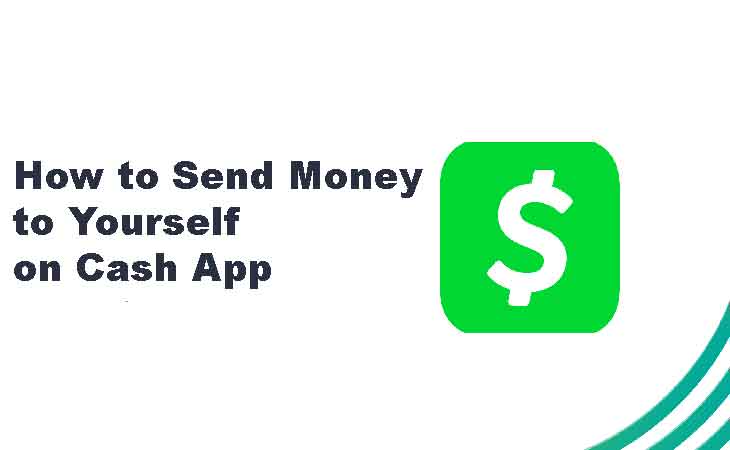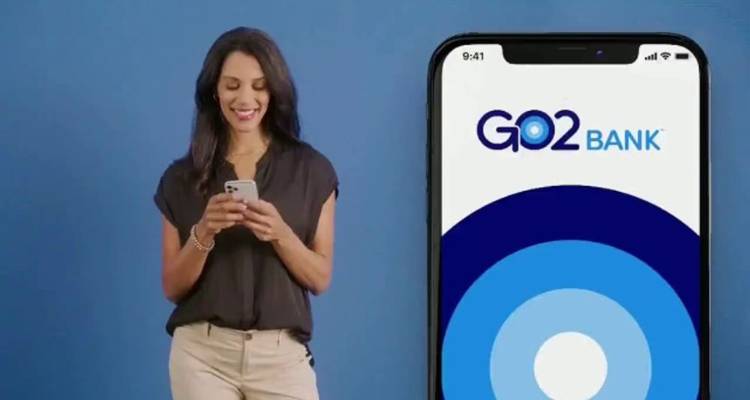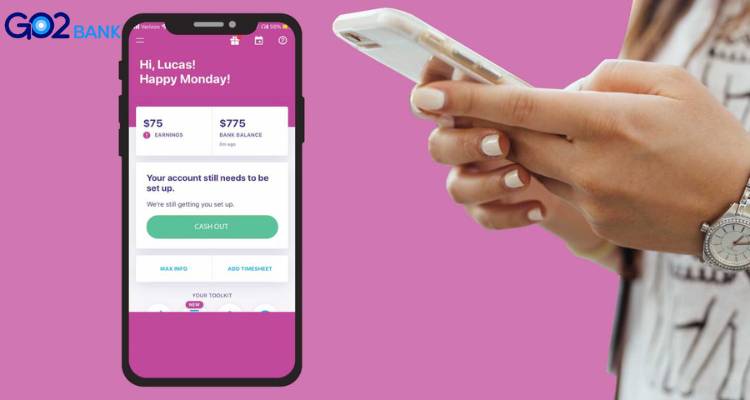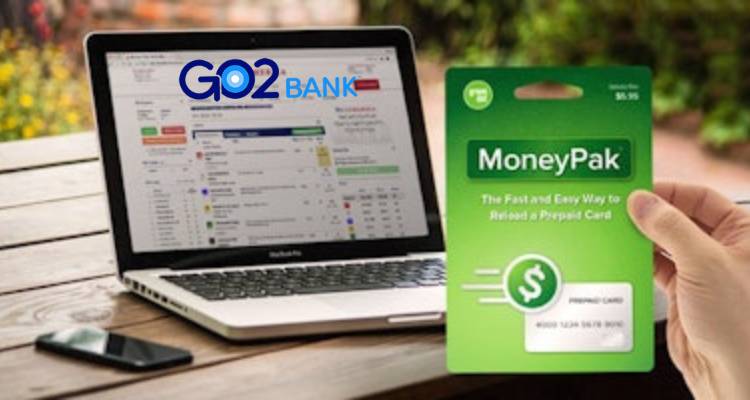Are you feeling lonely and in need of some company? Look no further than Cash App! Yes, you heard that right – you can actually send money to yourself on the popular mobile payment app “Cash App”. But why would you want to do that, you ask? Well, there are a few reasons.
Firstly, if you have multiple bank accounts and want to transfer money between them, using Cash App can be a convenient option. Secondly, if you want to make a purchase but don’t want to use your credit or debit card. Don’t worry you can transfer money to your Cash App balance and use that instead. And lastly, let’s be honest – it’s kind of fun to send money to yourself and watch it appear in your account!
But how exactly do you send money to yourself on Cash App? Don’t worry, it’s a simple process that we’ll walk you through step-by-step. So get ready to be your own best friend or your own financial advisor) and start sending money to yourself on Cash App!
Methods of Sending Money to Yourself on Cash App
Sending money to yourself on Cash App is a great way to transfer funds between your own accounts or to use your Cash App balance to make purchases. But how do you do it? Here are three easy ways to send money to yourself on Cash App.
First, you can use the “Add Cash” feature to add money to your Cash App balance. Simply tap the “My Cash” tab, then “Add Cash,” and enter the amount you want to add. You can then transfer this money to your bank account or use it to make purchases.
Another way to send money to yourself is to create a new account using a different email address or phone number. Once you have a new account, you can send money from your original account to your new account, and then transfer the funds to your bank account.
Finally, if you have a Cash Card, you can use it to withdraw cash from an ATM and then deposit that cash into your bank account. This method may come with fees, so be sure to check before using it.
In conclusion, sending money to yourself on Cash App can be a convenient way to manage your finances. Whether you’re adding funds to your balance, creating a new account, or using your Cash Card, these methods can help you transfer money with ease.
Sending Money to Yourself on Cash App Using Credit Card
Did you know that you can use a credit card to send money to yourself on Cash App? It’s true! This method can be a convenient way to transfer funds between your accounts or to use your credit card balance to make purchases.
To send money to yourself using a credit card, simply follow these easy steps:
- Open the Cash App on your mobile device.
- Tap the “$” icon at the bottom of the screen.
- Enter the amount of money you want to send to yourself.
- Tap the “Pay” button.
- Select the credit card you want to use for the transaction.
- Tap the “Done” button to complete the payment.
It’s important to note that using a credit card to send money to yourself on Cash App may come with fees, such as cash advance fees or interest charges. Be sure to check with your credit card issuer before using this method.
Overall, sending money to yourself on Cash App using a credit card can be a convenient way to manage your finances. Just be sure to consider any fees or charges before making the transaction.
Sending Money to Yourself on Cash App Using Debit Card
If you prefer to use a debit card instead of a credit card, you can still send money to yourself on Cash App. Here’s how to do it:
- Open the Cash App on your mobile device.
- Tap the “$” icon at the bottom of the screen.
- Enter the amount of money you want to send to yourself.
- Tap the “Pay” button.
- Select the debit card you want to use for the transaction.
- Enter your debit card information, including the card number, expiration date, and security code.
- Tap the “Done” button to complete the payment.
Using a debit card to send money to yourself on Cash App is a convenient way to transfer funds between your accounts or to use your debit card balance to make purchases. Just be sure to have enough funds in your account to cover the transaction, as insufficient funds may result in overdraft fees.
Finally, sending money to yourself on Cash App using a debit card is a simple process that can help you manage your finances. Whether you’re transferring funds between accounts or making purchases, using your debit card on Cash App can be a convenient option.
Limit and Fees Sending Money to Yourself on Cash App
Sending money to yourself on Cash App can be a convenient way to manage your finances, but it’s important to be aware of the limits and fees associated with this feature.
First, let’s talk about limits. Cash App allows you to send up to $7,500 per week, but keep in mind that this limit applies to all transactions, including those sent to yourself. So, if you’ve already sent $7,500 to other people during the week, you may not be able to send additional funds to yourself until the next week.
Now, let’s discuss fees. Sending money to yourself on Cash App is generally free, but there may be fees associated with certain types of transactions. For example, if you use a credit card to send money to yourself, you may incur cash advance fees or interest charges from your credit card issuer. Additionally, if you receive payments from a business or merchant, you may be charged a fee of 2.75% per transaction.
To summarize, while sending money to yourself on Cash App can be a convenient way to manage your finances, it’s important to be aware of the limits and fees associated with this feature. By understanding these details, you can make informed decisions about how to use Cash App to meet your financial needs.
Common Issues and Troubleshooting During Sending Money to Yourself on Cash App
While sending money to yourself on Cash App is usually a smooth process, there may be some common issues or errors that you could encounter. Here are a few troubleshooting tips to help you overcome these obstacles:
- Check your account balance: Make sure you have enough funds in your Cash App account to cover the transaction. If your account balance is insufficient, the transaction may fail.
- Verify your payment information: Double-check that you’ve entered the correct payment information, including the card number, expiration date, and security code. Even a small error can cause the transaction to fail.
- Check for network issues: Sometimes, network issues can prevent transactions from going through. Try closing the app and reopening it or switching to a different network connection, such as Wi-Fi or cellular data.
- Contact Cash App support: If you’ve tried everything and the transaction still isn’t going through, contact Cash App support for assistance. They can help you troubleshoot the issue and find a solution.
Ultimately, while sending money to yourself on Cash App is a convenient way to manage your finances, it’s important to be prepared for any potential issues that may arise. By following these troubleshooting tips, you can help ensure that your transactions go through smoothly and efficiently.
Alternatives to Cash App for Self-transfers
If you’re looking for alternatives to Cash App for self-transfers, there are a few options available to you. Here are some popular alternatives to consider:
- PayPal: PayPal is a well-known payment platform that allows users to transfer money to themselves and others. They offer a simple and user-friendly interface, and their fees are competitive.
- Venmo: Venmo is another popular payment app that allows you to transfer money to yourself and others. They offer fast and easy transfers, and their fees are comparable to Cash App.
- Zelle: Zelle is a payment platform that allows users to transfer money to themselves and others. They offer fast and secure transfers, and their fees are generally lower than other payment apps.
- Bank transfer: If you’re not comfortable using a payment app, you can always transfer money using your online banking. While it may take a little longer than using a payment app, it’s a reliable and secure option.
All-up, while Cash App is a popular payment app for self-transfers, there are other alternatives available that may better suit your needs. By considering these options, you can find the platform that works best for you and your financial situation.
Benefits of Using Cash App for Self-transfers
There are several benefits to using Cash App for self-transfers. Here are some of the most notable advantages:
- Convenience: Cash App is incredibly convenient, allowing you to transfer money to yourself or others with just a few taps on your phone.
- Speed: Cash App offers fast transfers, with funds typically appearing in your account within minutes of the transfer.
- Low fees: Cash App’s fees for self-transfers are generally lower than other payment apps, making it a cost-effective option.
- Security: Cash App offers several security measures to protect your account, including two-factor authentication and the ability to freeze your account if necessary.
- Rewards: Cash App offers cashback rewards for certain transactions, which can add up over time and provide additional savings.
In all, using Cash App for self-transfers offers several benefits, including convenience, speed, low fees, security, and the potential for cashback rewards. If you’re looking for a reliable and user-friendly payment app, Cash App may be the perfect option for you.
Frequently Asked Questions
When it comes to sending money to yourself on Cash App, you might have a few questions or concerns. Let’s go over some of the most frequently asked questions and clear up any confusion.
Is it safe to send money to myself on Cash App?
Yes, it is safe to send money to yourself on Cash App. The app uses encryption and other security measures to protect your personal and financial information.
Can you transfer money to yourself on Cash App?
Yes, you can transfer money to yourself on Cash App. Simply use the “Send” function and enter your own details as the recipient.
How long does it take for the money to appear in my bank account after a transfer?
Typically, it takes 1-3 business days for the money to appear in your bank account after a transfer.
Can I cancel a self-transfer on Cash App after it has been sent?
No, once a transfer has been sent on Cash App, it cannot be canceled.
Does Cash App offer any rewards or cashback for self-transfers?
Unfortunately, Cash App does not currently offer any rewards or cashback for self-transfers.
What happens if I send money to the wrong account by mistake?
If you send money to the wrong account by mistake, you should contact Cash App support as soon as possible. Besides you can try to cancel the transfer. However, there is no guarantee that you will be able to retrieve the funds.
Epilogue
To sum up, sending money to yourself on Cash App is a convenient and easy process. Through that process you can save your time and effort. With the various payment methods, it’s an ideal option for those who need to move money between their accounts quickly. While there may be some issues that can arise, such as transaction limits and occasional technical difficulties, the benefits outweigh the drawbacks. Additionally, Cash App offers a variety of other features and services that can make managing your finances easier. Overall, Cash App is a reliable and secure platform for self-transfers and should be considered for your financial needs.





